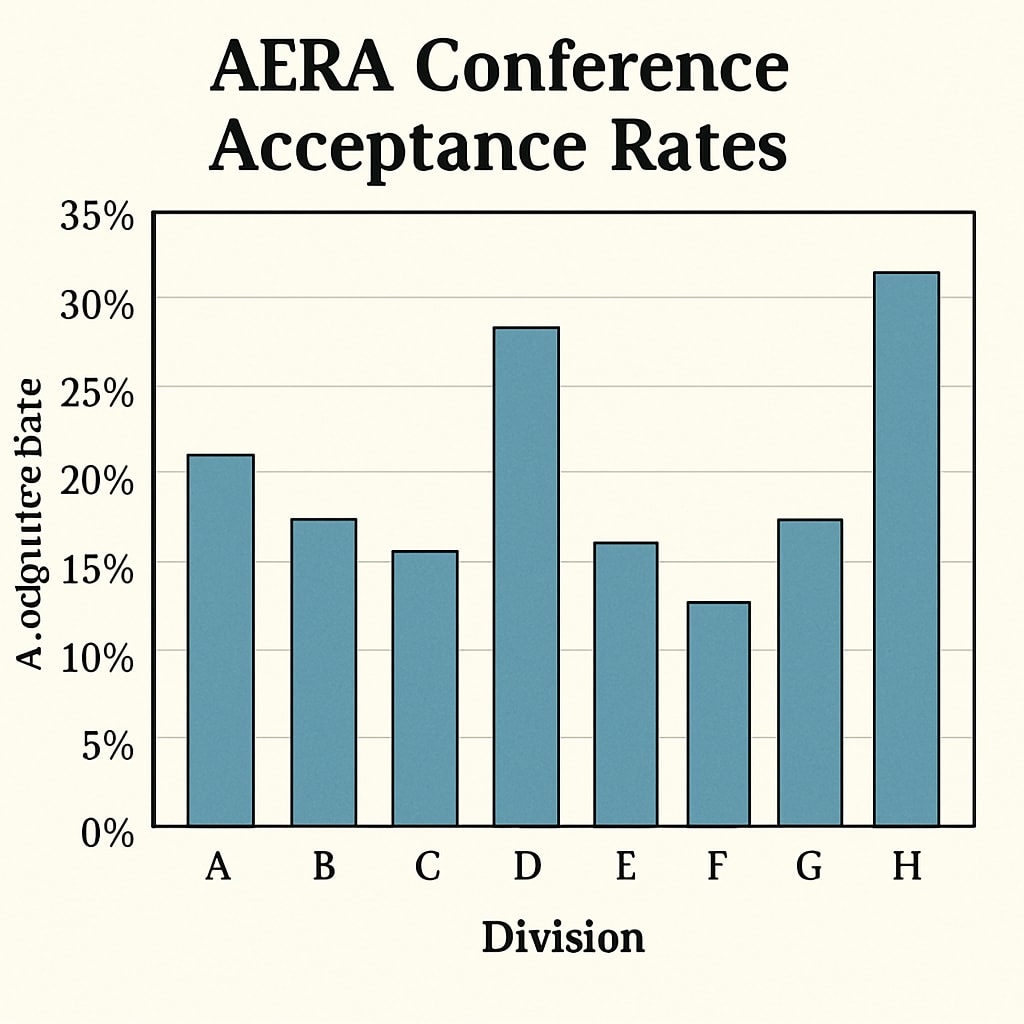The AERA conference, hosted annually by the American Educational Research Association (AERA), is one of the most prestigious platforms for education researchers worldwide. For K12 education researchers, having their work accepted at the AERA conference is a significant milestone. However, navigating the submission process can be challenging due to its competitive acceptance rates. This article provides insights into AERA’s acceptance mechanisms and strategies to increase submission success.
Understanding AERA Conference Acceptance Rates
The AERA conference sees thousands of submissions each year, but only a fraction make it through to the final program. Recent reports suggest that acceptance rates range between 25% and 30%, depending on the division and the topic’s relevance to the annual theme. These figures highlight the rigorous peer-review process and the high standards of the conference.
Acceptance rates can vary across the 12 AERA divisions, which cover a range of topics from Learning and Instruction to Education Policy and Leadership. For example, divisions with broad appeal may see higher submission volumes, resulting in lower acceptance rates. Understanding these trends can help researchers target divisions that best align with their work.

Key Factors Influencing Submission Success
Several factors contribute to the likelihood of a paper being accepted at the AERA conference. These include:
- Relevance to the Annual Theme: Each year, the conference adopts a specific theme. Submissions that directly address this theme are more likely to catch the reviewers’ attention.
- Clarity and Rigor: Papers must demonstrate a clear research question, robust methodology, and well-articulated findings. Avoiding jargon and maintaining clarity can enhance readability.
- Collaboration: Collaborative research, especially involving multiple institutions, tends to stand out. It reflects diverse perspectives and robust validation of findings.
In addition, researchers should carefully follow submission guidelines, including formatting and word limits. Oversights in these areas can lead to automatic disqualification, regardless of the paper’s quality.
Practical Tips for K12 Education Researchers
For K12 education researchers, presenting at the AERA conference can significantly impact their careers and the dissemination of their work. Here are some strategies to enhance submission success:
- Choose the Right Division: Carefully review the descriptions of AERA divisions and select the one most aligned with your research focus. This ensures your submission reaches the right audience.
- Engage in Peer Reviews: Before submission, have colleagues or mentors review your paper. Constructive feedback can help identify weaknesses and improve the overall quality.
- Attend AERA Webinars: AERA offers webinars and resources for prospective authors. These can provide valuable insights into what reviewers look for in submissions.
- Network with Past Presenters: Connecting with researchers who have previously presented at AERA can offer practical guidance and tips for navigating the process.
Preparation is key. Submitting early and thoroughly checking for errors can significantly enhance your chances of success.

The Benefits of Acceptance at AERA
Getting accepted to the AERA conference offers numerous benefits. It provides a platform to share your findings with a global audience, receive feedback from leading experts, and build professional connections. For K12 researchers, it also opens opportunities for collaboration with policymakers and practitioners, potentially influencing real-world educational practices.
Moreover, presenting at AERA can strengthen your academic portfolio, making it a valuable addition to your CV. This recognition can lead to further opportunities, such as invitations to contribute to journals or collaborate on funded research projects.
Conclusion
The AERA conference is a prestigious venue for education researchers, but its competitive acceptance rates require careful planning and preparation. By understanding the submission process, aligning your work with the conference’s focus, and leveraging practical strategies, you can increase your chances of success. For K12 education researchers, this is an opportunity to amplify their voice and contribute to the global conversation on education.
With persistence and dedication, your work could be showcased at the next AERA conference, marking a significant step in your academic journey.
Readability guidance: Short paragraphs and concise sentences enhance readability. Use lists to summarize key points and ensure smooth transitions between sections. Avoid passive voice and maintain a professional tone.


